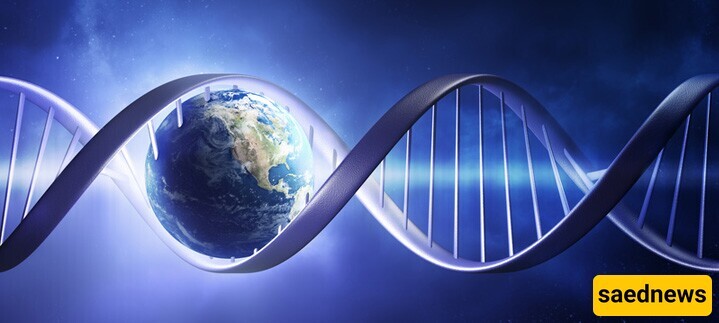A single icy molecule can easily become part of a forming comet or asteroid, travel great distances, and then collide with planets, potentially delivering the building blocks of life to a place where they can thrive.

As reported by ISNA:
The geocentric theory in the history of astronomy has not been universally accepted as easily as we might imagine. From ancient times to the peak of the Islamic Golden Age, it faced critics and alternative theories. During this time, other systems of planetary and celestial motion were proposed and discovered.
Such opposition and discoveries date back to Aristarchus of Samos, four or five centuries before Christ, and continued among Greeks and even ancient Indians. These ideas were revisited and critically examined during the Islamic Golden Age, where astronomy was significantly advanced.
In a study titled "The Religious Roots of Astronomy: Examining the Planetary and Stellar Motion System in Islam," researchers highlight that much of the foundation for modern advanced astronomy and physics was laid during this era. The study, conducted by researcher Rahim Ghorbani, reveals that theories such as the orbits of inner planets around the Sun, Mercury's transit over the Sun, and the elliptical nature of planetary motions were all explored and developed by Muslim scholars like Avicenna and Abu Said Sajzi during this period.
According to researchers, this body of knowledge, including numerous written works and instruments, was transferred to Renaissance Europe through traders and cultural plunderers. Unfortunately, many Islamic regions lost these treasures, and today researchers must rely on European libraries to study such resources.
All the profound scientific achievements of Muslims during the Golden Age of Science were deeply rooted in their religious texts. In astronomy, insights from the Quran and sayings of the Imams guided scientists beyond the findings of the Greeks. For instance, verses and narrations provided perspectives on celestial phenomena that inspired Muslim scholars to explore higher dimensions of knowledge.

In the Quranic verse "The Sun runs its course to a resting place; that is the decree of the Almighty, the All-Knowing" (Quran 36:38), the term "runs its course" implies movement. The phrase "to a resting place" refers to either a temporal endpoint, a state of stability, or a location where the Sun ceases its motion.
From sensory perception, the Sun appears to move in a circular path around the Earth. However, from a scientific perspective, the Earth orbits the Sun, and the Sun itself, along with its planetary system, moves toward a fixed star. This dual understanding reconciles sensory perception with scientific knowledge.
Additionally, the Quranic verse "And the Moon, We have decreed for it phases, until it returns like an old date stalk" (Quran 36:39) focuses on the Moon's appearance as observed from Earth.

Another verse, "And each [celestial body] swims along in its orbit" (Quran 36:40), describes the movement of the Sun, Moon, and stars in their respective orbits, similar to fish swimming in water.
While some Quranic verses and narrations support a geocentric perspective, others align with heliocentric and more modern astronomical views. This duality suggests that while scientific findings can enhance our understanding, religious insights provide a unique perspective that complements empirical discoveries.
This study, published in the journal Zehn, concludes that the integration of religious teachings and scientific inquiry during the Islamic Golden Age laid the groundwork for significant astronomical advancements. However, it also emphasizes the importance of continued exploration and revisitation of both scientific and religious texts for a deeper understanding of the universe.

